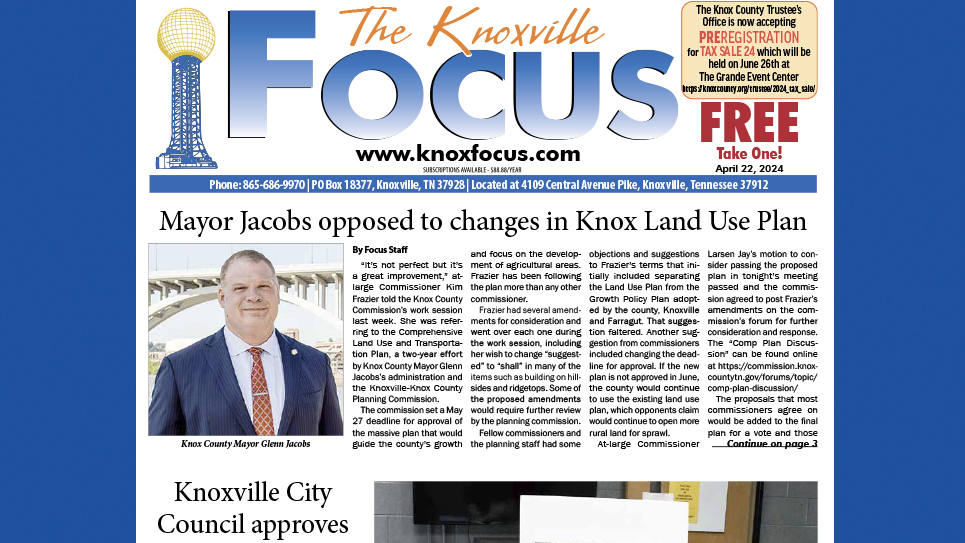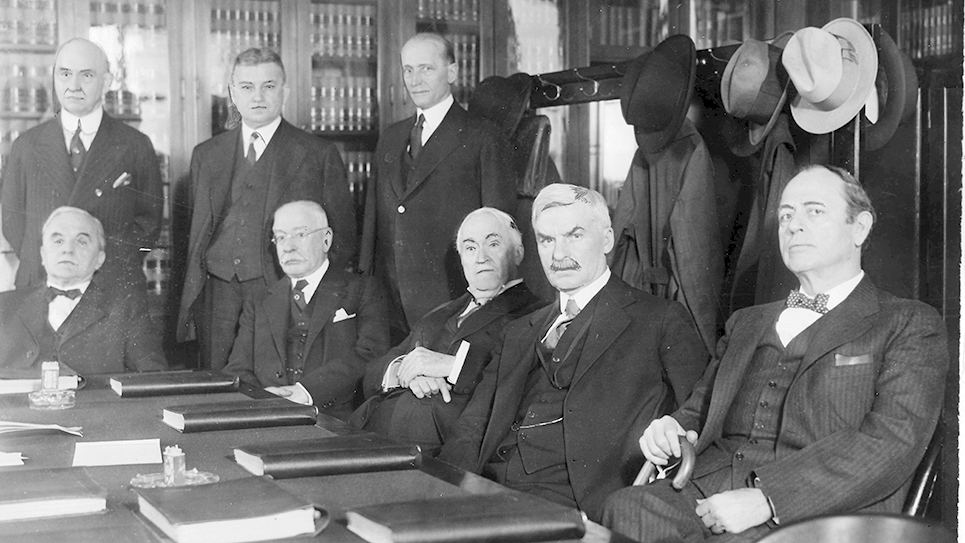After illness and surgery it’s hard to get back in the swing of things. During the darker moments of my “sabbatical” I wondered if I would ever write again. However, the Psalmist wrote, “…tears may last for a night, but joy comes with the morning” (Psalm 30:5). My wife and I, along with the Master, concluded it’s time for me to return to the world of the living.
A friend of mine recently used the contraction “Thanks-Living,” and it seemed appropriate for a Thanksgiving essay. This year I am especially thankful for life. We Americans enjoy Thanksgiving each November, but it is important to reflect upon blessings beyond a few days away from work and pumpkin pie. This Thanksgiving I am more focused than perhaps in years passed. When I first entered my doctor’s office, the background radio was playing the Bee Gee’s song “Stayin’ Alive” from Saturday Night Fever. With surgery and medication, with the support of my wife and family as well as the grace of God, I am “stayin’ alive.”
One of the things I’m thankful for this year is anesthesia which allowed me to endure life giving surgery. Unless you’re a surgeon or an anesthesiologist you don’t think much about these disciplines. We’ve all seen movies or historical documentaries that portray Civil War battlefield amputations without much anesthesia. In those days amputations were often necessary because of the terrible wounds inflicted by large caliber non-rifled bullets. These missiles often exploded the bones in a limb which couldn’t be saved even with modern surgery. And more gruesome is the term “saw-bone,” a historical description of a doctor whose success largely depended on how fast he could remove a limb to save a patient’s life. A protracted amputation, without sufficient pain medication, often produced shock and death.
I once wrote about a book called “The Gift of Pain” by Philip Yancey. Yancey described the work of Dr. Paul Brand who discovered why leprosy causes neuropathic numbness. This numbness often leads to injury and infection in leprosy patients since they don’t perceive the warning signs of injury. A modern analogy is seen in diabetic neuropathy.
The human body is covered with a sensory array/net able to register and then transmit the signals through nerves and the spinal cord to the brain. There the signals are interpreted as pressure, temperature or pain. Similarly, light, sound, taste and smell signals are transmitted to the brain for interpretation. The signaling system is designed to allow us to explore the world safely. If you put your hand on a hot stove you experience pain which alerts you to danger. More serious injury is prevented when you jerky your hand away.
The world is different than it used to be. My mother maintains that she wanted to be “knocked out” during the delivery of her boys, and insisted her anesthesiologist meet her in the hospital parking lot when she arrived in labor. I’m sure this is hyperbole which is exaggerated speech for effect (And remember, “never spoil a good story with facts”). Jesus once said you should “pluck out” your eye if it causes you to sin by perhaps noticing an attractive woman (Mark 9:47). I don’t think Jesus meant for us to gouge out an eye, and I suspect he understood Jimmy Carter when he admitted in a Playboy interview that he “lusted in his heart.”
I learned about pain when I was a senior medical student delivering babies at the inner-city John Gaston Hospital in Memphis. A fourteen-year-old girl presented without any prenatal care in the last phase of her labor. The fear was that a precipitous delivery would rupture her perineum. As we rushed her through the halls to the delivery room, the doctor used a contraction to time and cut an episiotomy with metzenbaum scissors. The girl never flinched and that’s when I learned about pain.
I’ve jokingly said you should choose your doctor more carefully than you do a fine wine. So how do you choose someone you’ll perhaps entrust with your life? I carefully chose my surgeon by his reputation and years of experience. I’ll admit as a doctor I have inside knowledge. However, everyone has intuition (women) or gut feelings (men), and you should not override these insights because they are more often right than wrong.
Obviously, you don’t have a choice of doctors in an emergency room, and I met my anesthesiologist just before surgery. However, his association with a reputable institution, his body language and his bedside manner reassured me. Furthermore, as I sized him up, I noted he was old enough to have made and learn from his mistakes, but he didn’t appear “over the hill.”
My general anesthesia went well, and I was glad my anesthesiologist’s medications put my brain to sleep and spared me the agony of surgery. There are many types of anesthesia including local injections to block nerve signals. An example is a dental injection before a root canal. Also nerve blocks can be done to provide regional anesthesia as for orthopedic surgery. Epidural blocks around the spinal nerve roots are standard for labor and delivery these days.
The “gate theory” of pain posits that a neural impulse can be blocked by applying another stimulus which competes with and interrupts the painful stimulus. An analogy is a tunnel which allows only one car at a time to pass. Have you ever bumped your head and found temporary relief by applying pressure over the area? That is the gate theory of pain signal interruption in action.
Why do narcotics relieve pain? They work by binding to specific opioid receptors in the brain. But why do humans have opioid receptors? The theory is related to what are called endogenous opioids (endorphins) which modulate brain function. These chemicals may be the cause of a “runner’s high” or enable us to fight through pain.
Relieving pain is laudable, but a two edged sword due to the misuse problems. While dying of cancer, Hemingway once spoke of pain so bad that it “takes away your dignity.” I’ve treated pain for forty years and sought relief as a patient this fall. My journey back from a patient to a doctor and writer continues.






